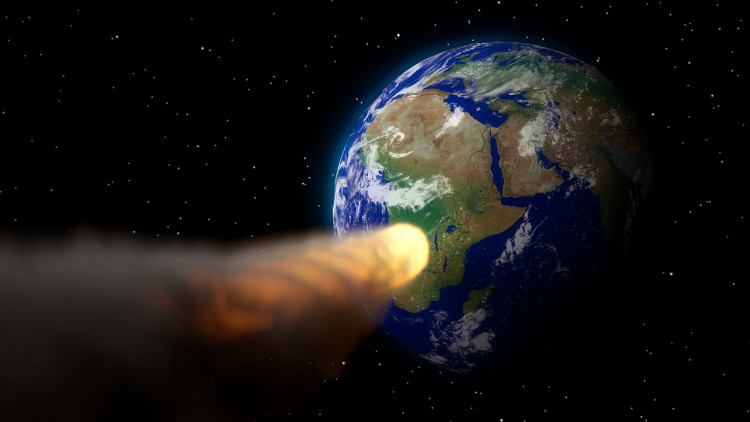A near Earth object (NEO) NASA has labeled 2020 YA1 will briefly brush the planet's orbit on Jan. 3, 2021. The asteroid is approximately 16 meters wide, which is about the size of London's double-decker bus.
Observations made by NASA show that the NEO asteroid is zooming through the solar system at 3.7 kilometers per second or more than 13,000 kilometers per hour.
Although this can seem an almost incomprehensible speed, it's actually surprisingly slow for an asteroid. The average space rock moves at a speed of between 11 kilometers per second and 72 kilometers per second.
NASA has revealed that the asteroid 2020 YA1 will pass over Earth at just 4.1 times the distance between Earth and the Moon. This is the equivalent of nearly 979,094 miles from our world. While this seems to be a substantial stretch, it is close enough for NASA to determine that it is a 'near Earth object.'
NEOs are relics of the solar system, and NASA will use them to research the past of the Sun and its orbiting planets.
NEOs are comets and asteroids that have been propelled by the gravitational pull of surrounding planets into orbits that allow them to reach the proximity of the Earth. Scientific interest in comets and asteroids is primarily due to their position as comparatively unchanged remnant debris from the solar system formation process.
The giant outer planets (Jupiter, Saturn, Uranus, and Neptune) formed by the agglomeration of billions of comets and the leftover bits and pieces of this type of formation are the comets we see today. Similarly, today's asteroids are the bits and pieces left behind from the early agglomeration of the inner planets, including Mercury, Venus, Earth, and Mars.
As the ancient, leftover building blocks of the solar system forming process, comets and asteroids provide clues to the chemical mixture that planets formed some 4.6 billion years ago. If we want to know the composition of the primordial mixture from which the planets formed, we need to determine the chemical components of the remaining debris from this process of formation.
And if the asteroid was on a collision path with our world, there would be no risk. At 16 meters across, the asteroid would actually burn up in the atmosphere, similar to the Chelyabinsk meteor crash.
The house-sized asteroid entered the atmosphere over Chelyabinsk at more than 11 miles per second and blew up 14 miles above the ground. The blast released an energy equivalent of around 440,000 tons of TNT and created a shock wave that ripped out windows over 200 square miles and destroyed several houses. More than 1,600 people were injured in the explosion, mostly due to shattered glass.






